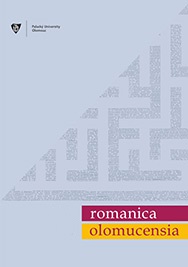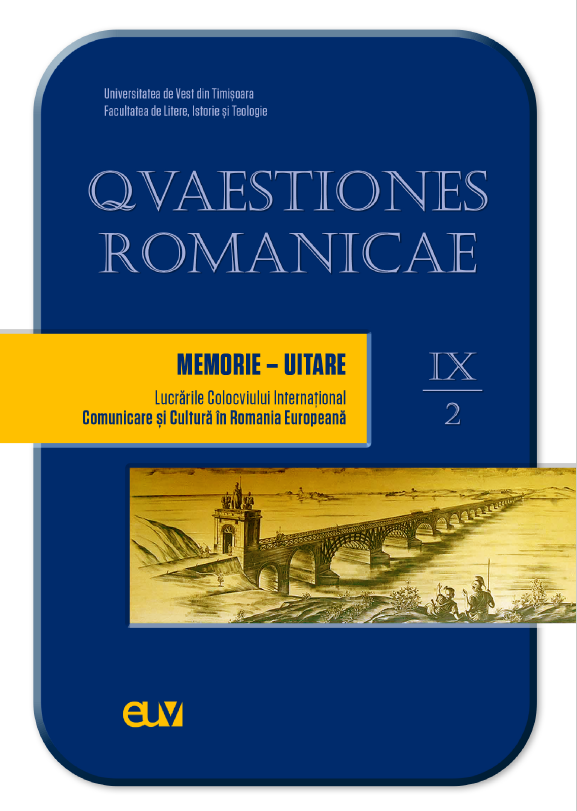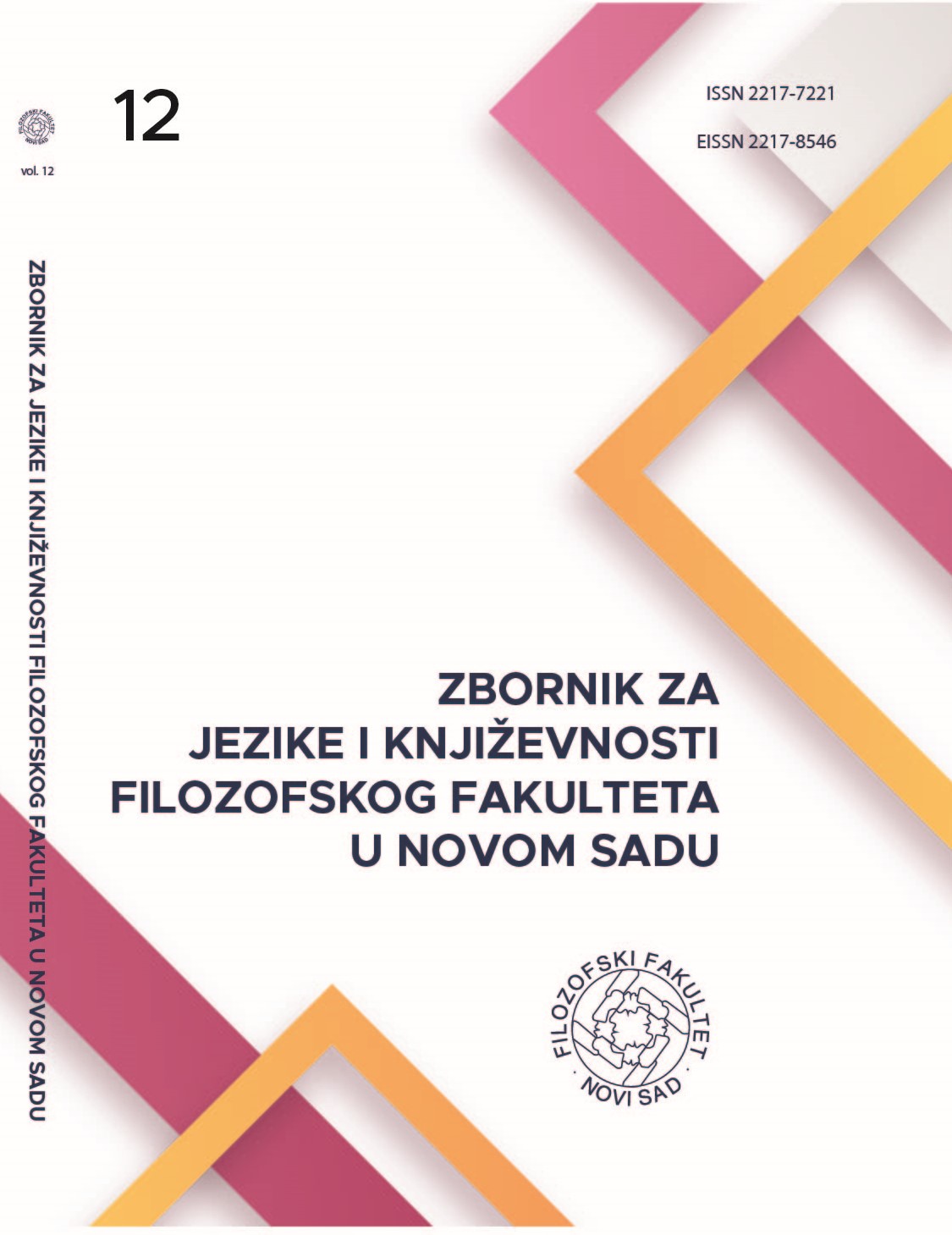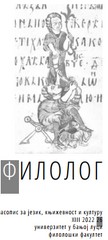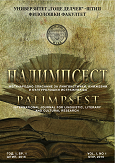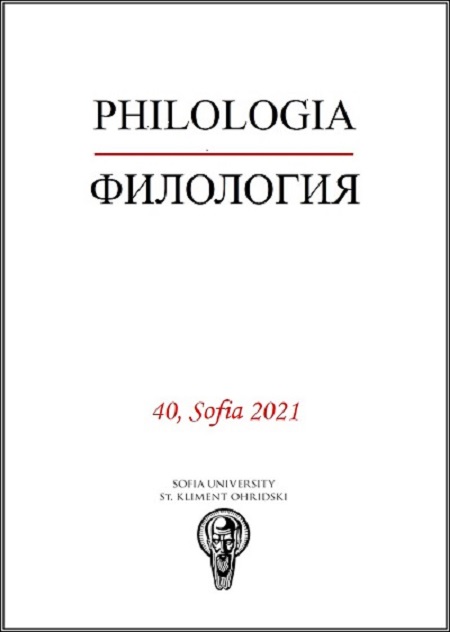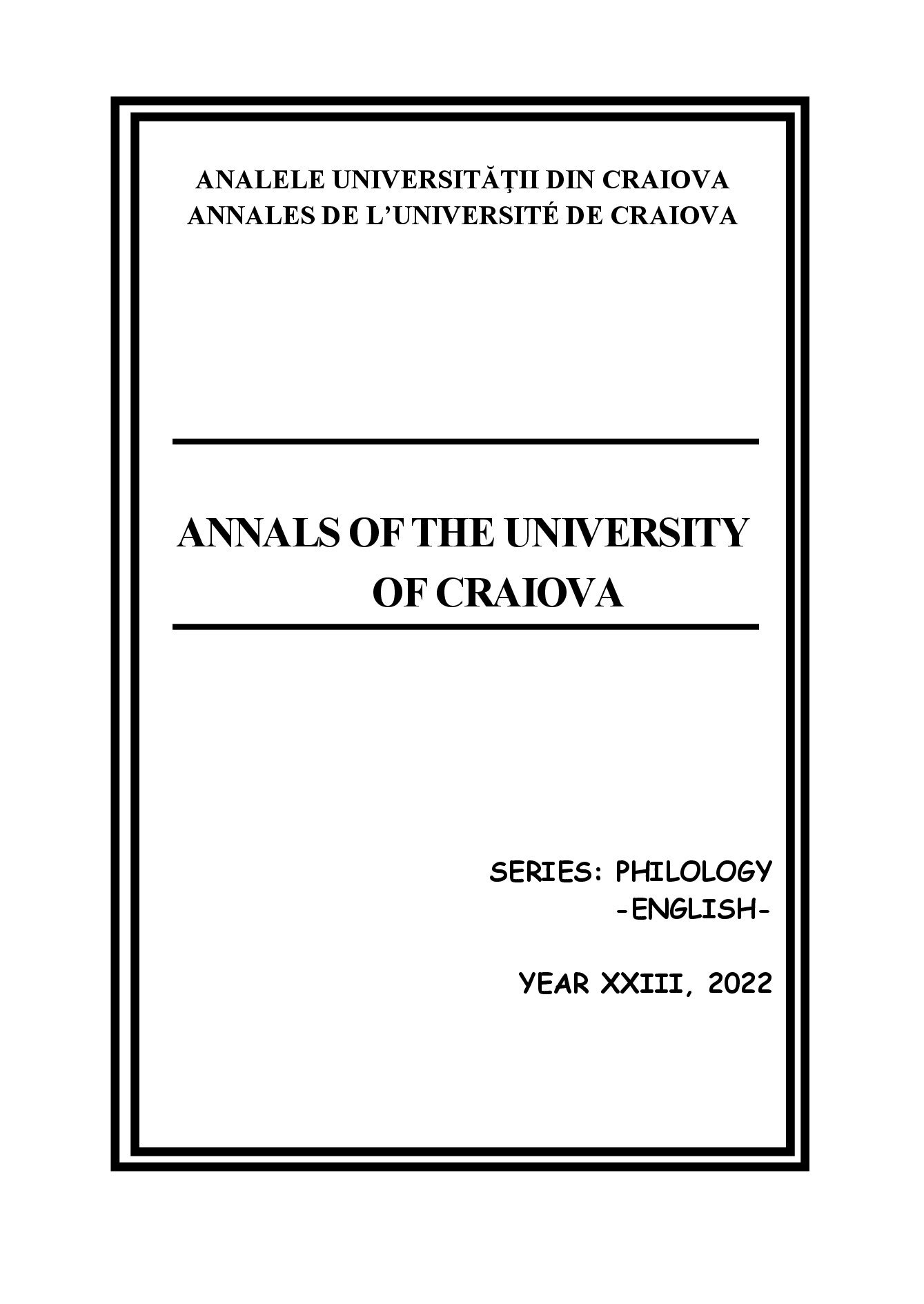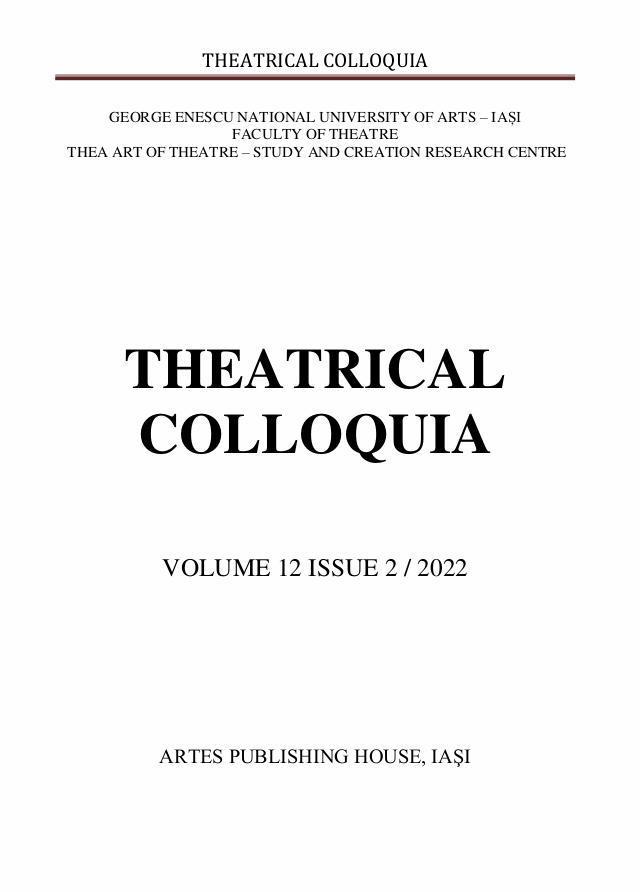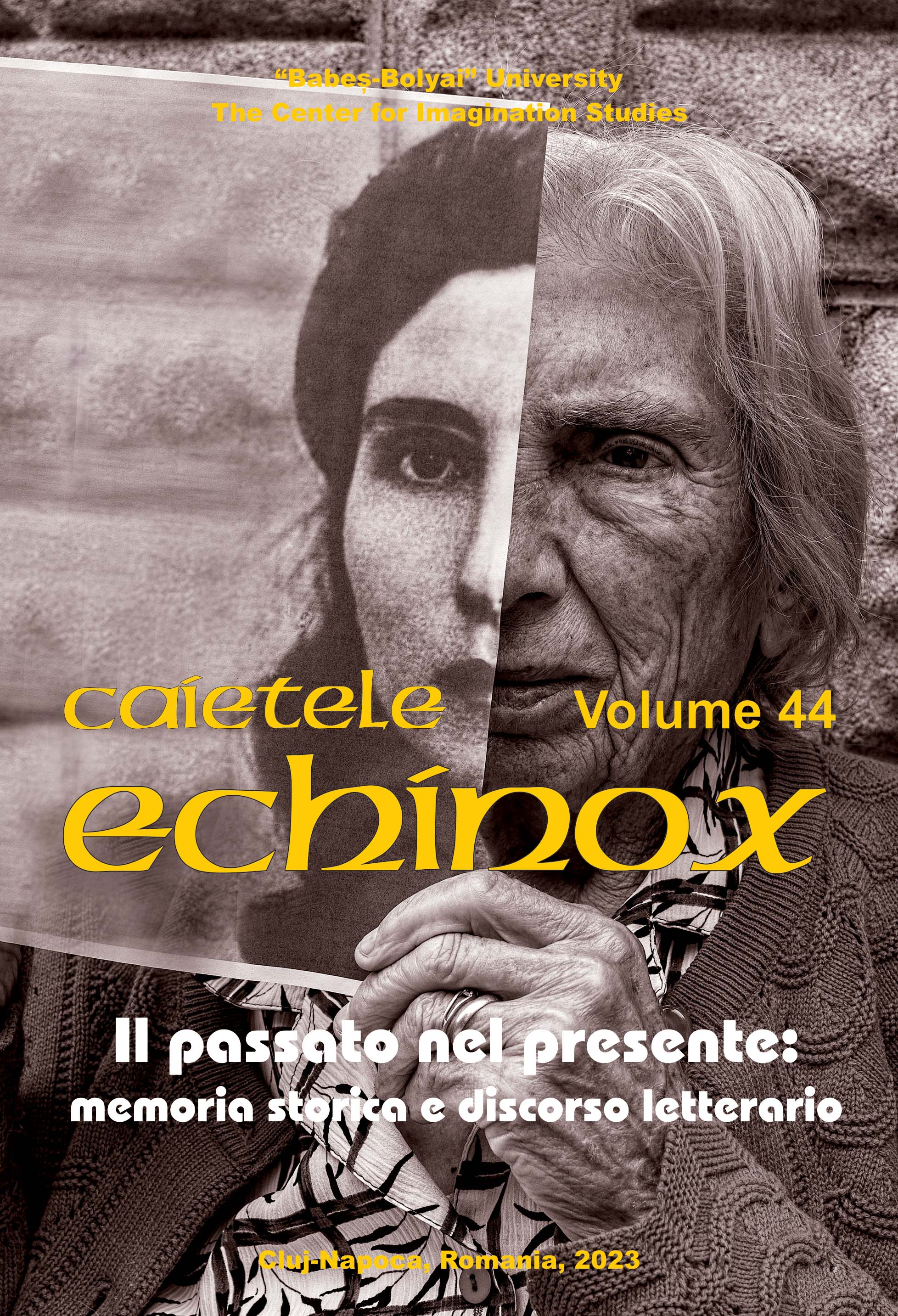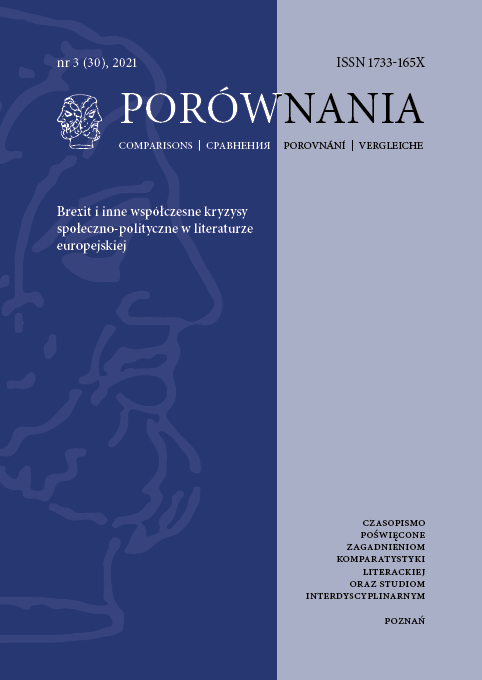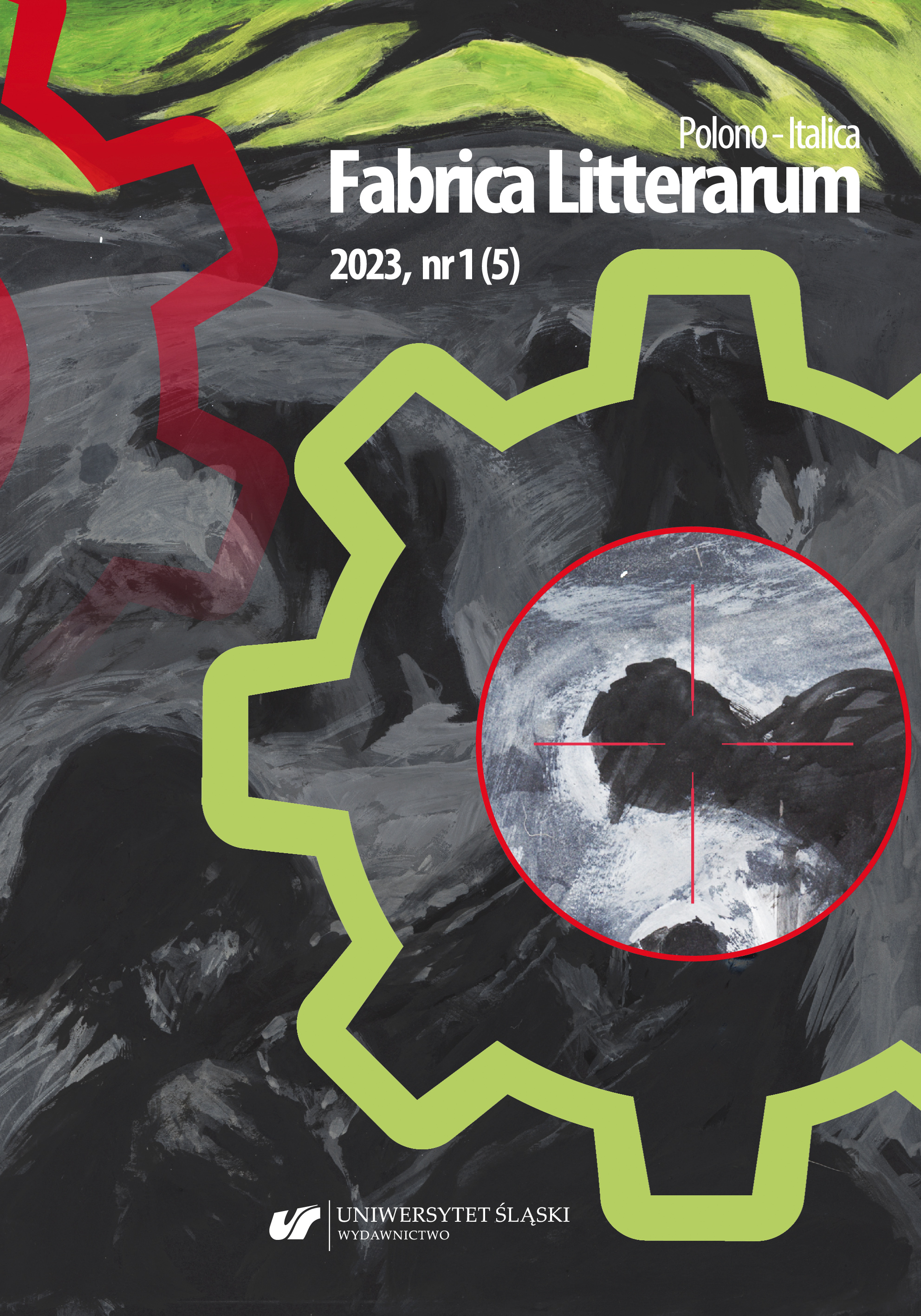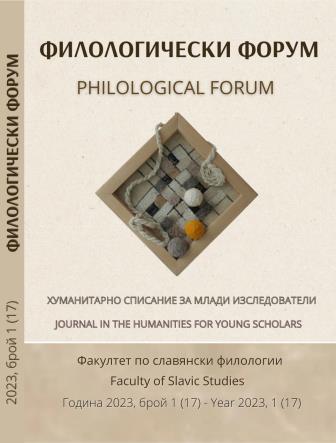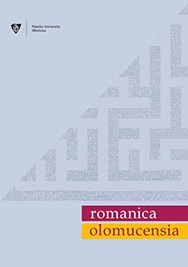
La riscoperta del mito nella letteratura italiana degli anni quaranta: Carlo Levi e Cesare Pavese
During the 1940s, Carlo Levi and Cesare Pavese reflected on the topic of myth, both in relation to the classical tradition and to the manipulation of mythological materials by European dictatorial regimes. This interest, nurtured in Levi by the relationship with the archaic life and culture of the Lucanian peasants and in Pavese by his focus on texts on the history of religions and anthropology, was transferred into books and cultural operations that are important for a profound rethinking, philosophical and literary, of the myth. On the basis of that “knowledge for citations” that was so dear to Benjamin and Jesi, an attempt is made to let the authors speak for themselves, relegating the critical contribution to the comments on the citations. The revaluation of the poetic and identity value of the myth that Levi and Pavese reaffirm has emerged in spite of its political exploitation. For Levi, it is precisely the mythical character of the subordinate culture that makes it more human and positive than the dominant rationalist one. For Pavese, despite the modern collective inability to access myth, it still represents an archetypal model of self-formation. It is not surprising, then, that the myth becomes a strongly characterizing element in the work of Levi and Pavese, even if its poetic potentialities are not immediately captured by the culture of the forties.
More...
